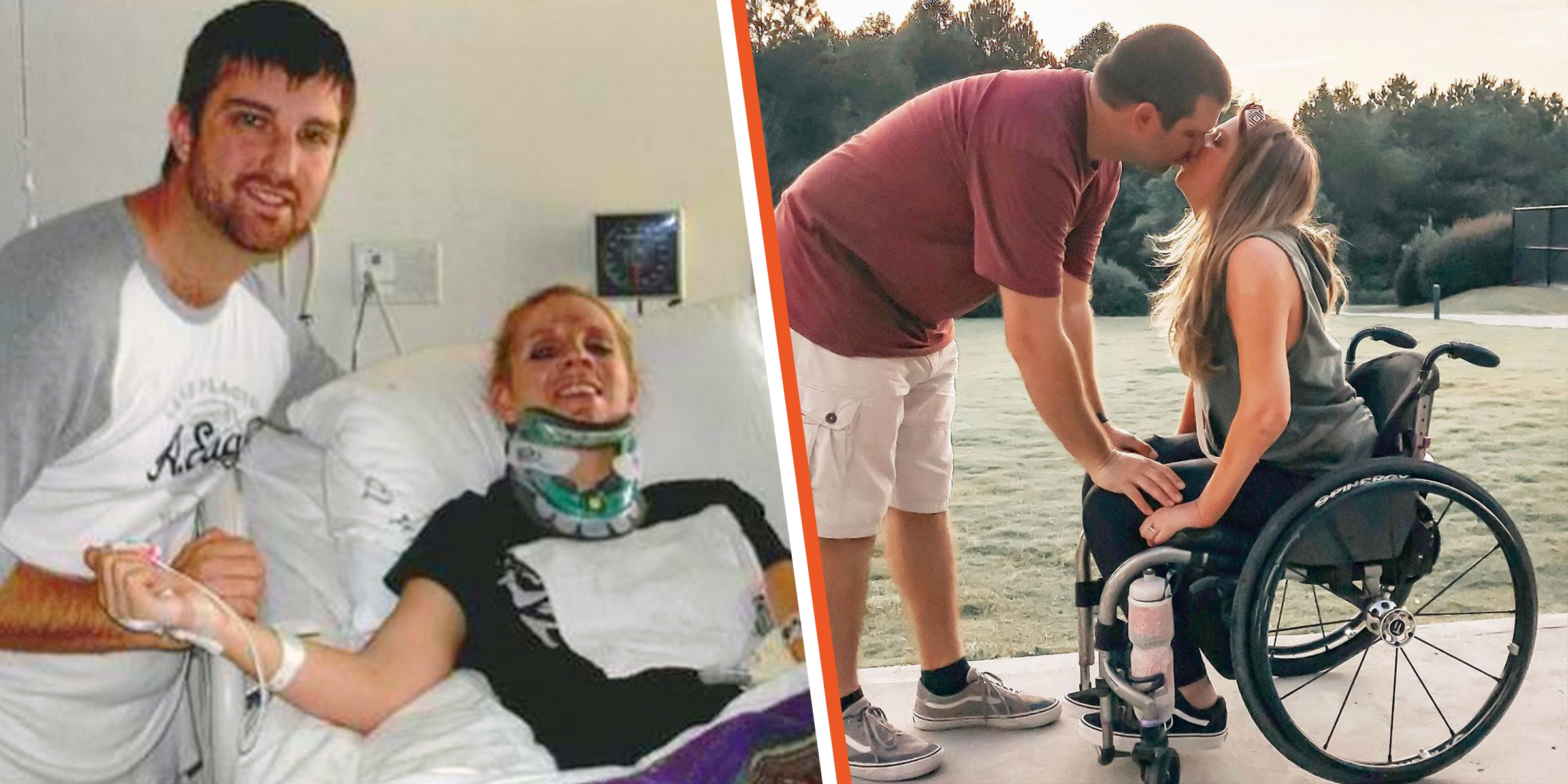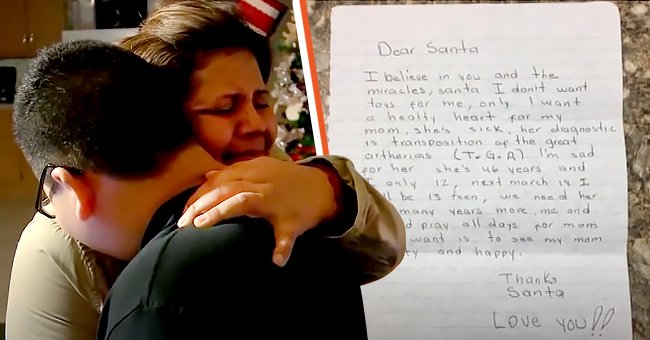Boy Helping Dad Give Skin-To-Skin To Premature Twins Will Make You Smile
In 2016, a little child went viral for assisting his father in skin-to-skin contact with newborn twins. This narrative has taken on considerably more significance in 2021. People are missing out on social connection and personal touch as a result of the present epidemic. They are unable to visit family and acquaintances in other nations or states. People are unable to meet up with friends in the area during lockdowns. Phone and Zoom calls are insufficient. Everyone has developed a touch aversion. As a result, face-to-face communication is more essential than ever. It’s now time to savor the little things, like a baby’s first hug.
Little Boy Gives Skin-to-Skin to His Newborn Sibling
NINO Birth is a South American organization that disseminates birthing information. The necessity of skin-to-skin contact for the infant is a part of its approach. As a result, NINO shared a sweet photo of the Danish kid assisting his father with the newborn twins. Each of them has a baby clutched to their naked chests. The photo has been shared over 20,000 times on Facebook, with hundreds of comments praising the young kid and his family.
When infants are brought out of their incubators to hold skin-to-skin with their parents, this is known as kangaroo care. Alternatively, a big brother in this situation.
According to NINO Birth, “The parent’s chest controls the temperature better than an incubator, as stated in the caption of the popular post. Skin-to-skin contact improves the baby’s breathing. The child gets more relaxed and develops weight more quickly.
“Research demonstrates that, when compared to hospital germs, the bacterial flora of parents decreases the risk of severe illnesses in these vulnerable children.”
Tamara Tammy, one of the mothers who commented on the article, said, “My kid was born in the 28th week [of pregnancy].” We had skin-to-skin contact for two months in the hospital. It’s incredible. It helps the baby regulate his or her temperature while also teaching him or her how to breathe by listening to your breathing and laying on the chest.”
Some readers expressed disappointment that this technique is not promoted in many nations, particularly among non-breastfeeding moms. “This is amazing,” wrote Shelly Ferguson of Australia. My kid was prem and weighed four pounds and seven ounces when he was born, and I wasn’t permitted to touch him for the majority of the time. Only twice was skin-to-skin offered to me, and he was in care for 26 days.
“I was not permitted to be with him. My life was at its most stressful point, yet the baby is fine and healthy. It’s a pity Australia isn’t with us on this.”
The Benefits of Skin-to-Skin
In skin-to-skin hospitals, the infant is cleaned off, placed on the mother’s bare chest, and wrapped in a large blanket to keep warm. This is a wonderful opportunity for mom and kid to get to know one another. Depending on the conditions, the dads may perform skin-to-skin instead.
For the following reasons, this technique may be helpful to newborns:
Better breastfeeding
Breastfeeding should begin with skin-to-skin contact and cuddling. Newborns who were nursed skin-to-skin fared better and lasted longer in studies. It may also assist the mother in determining when to nurse her baby based on his or her requirements.
Entering the world
Newborns must make the transition from the womb to a completely different environment. Skin-to-skin contact eases the transition, allowing newborns to remain calmer and have healthier blood sugar levels than those who are kept in a cot or swaddled.
Bonding
Skin-to-skin contact may have an impact on the mother-child bond. Skin-to-skin moms are more likely to touch and embrace their kids, even years later, according to research.
Other advantages for the children include:
- Immune systems that are more powerful
- Brain growth that is better
- Improved digestion due to better sleep
- Heartbeat and breathing are both stable.
After women leave the hospital with their baby, skin-to-skin contact may continue. The advantages might last indefinitely. If the father had missed out on skin-to-skin cuddling, he could do it at home.
Aside from the newborns, parents who provide skin-to-skin may experience increased confidence and serenity, both of which are essential after bringing a newborn home for the first time. In addition, the mother’s risk of postpartum depression may be reduced.










